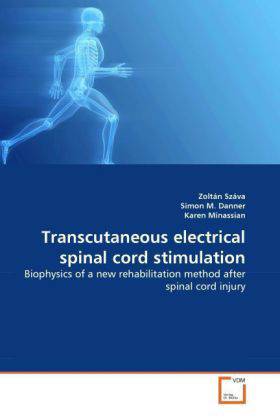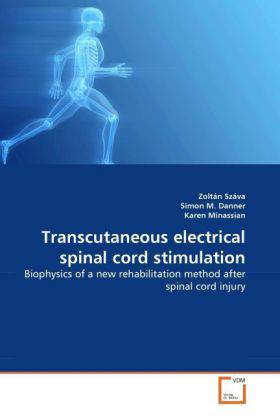
- Afhalen na 1 uur in een winkel met voorraad
- Gratis thuislevering in België vanaf € 30
- Ruim aanbod met 7 miljoen producten
- Afhalen na 1 uur in een winkel met voorraad
- Gratis thuislevering in België vanaf € 30
- Ruim aanbod met 7 miljoen producten
Zoeken
Transcutaneous electrical spinal cord stimulation
Zoltán Száva, Simon M Danner, Karen Minassian
Paperback | Engels
€ 48,45
+ 96 punten
Omschrijving
Spinal cord injury is a serious neurological condition. Despite its prevalence, therapeutic options are limited. Until solutions are found to cure spinal cord injury, scientists seek to improve impaired functions like standing and walking. Recently we developed a new method called transcutaneous spinal cord stimulation to electrically stimulate the spinal cord by skin electrodes. The technique is a promising approach to improve mobility of many spinal cord injured patients. In this book the theoretical aspects of transcutaneous spinal cord stimulation are elaborated by computer modeling. The generated electric potential within the human body is investigated by the Finite Element Method and the stimulated neural target structures are then identified by the McIntyre nerve fiber model. Mechanisms leading to the selective neural stimulation (of posterior roots) in spite of the non-focused field generated by the skin electrodes are revealed. This book addresses students and scientists with research interest in electrical stimulation of the nervous system, volume conduction and neural modeling, and shall provide fundamental information to users of transcutaneous spinal cord stimulation.
Specificaties
Betrokkenen
- Auteur(s):
- Uitgeverij:
Inhoud
- Aantal bladzijden:
- 104
- Taal:
- Engels
Eigenschappen
- Productcode (EAN):
- 9783639341546
- Verschijningsdatum:
- 22/04/2011
- Uitvoering:
- Paperback
- Formaat:
- Trade paperback (VS)
- Afmetingen:
- 152 mm x 229 mm
- Gewicht:
- 163 g

Alleen bij Standaard Boekhandel
+ 96 punten op je klantenkaart van Standaard Boekhandel
Beoordelingen
We publiceren alleen reviews die voldoen aan de voorwaarden voor reviews. Bekijk onze voorwaarden voor reviews.











